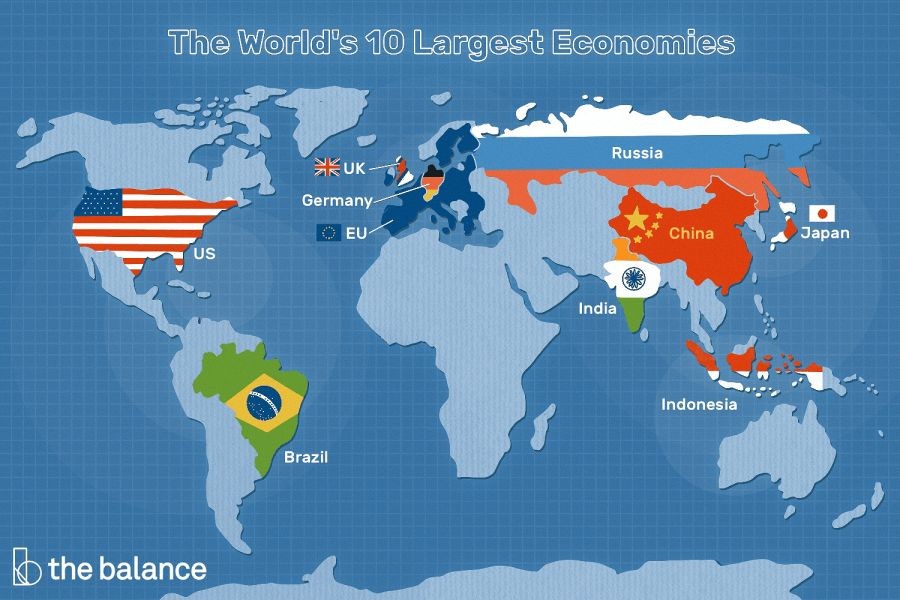In the dynamic world of digital marketing, video content has emerged as a pivotal tool for businesses aiming to engage audiences and enhance brand visibility. However, many businesses, including those in New Zealand, falter in their video marketing efforts due to common mistakes that significantly diminish viewership. Understanding and avoiding these pitfalls can make the difference between a campaign that thrives and one that falters.
For Kiwi businesses, embracing video marketing is no longer optional—it's essential. With New Zealand's internet penetration rate reaching 93% in 2023 (Stats NZ), digital content consumption is at an all-time high. Yet, merely creating video content is not enough; businesses must strategically optimize their video marketing efforts to truly capture and sustain viewer attention. Let's delve into the five critical mistakes that can cripple your video marketing success, and explore how to rectify them for maximum impact.
1. Ignoring Audience Preferences
One of the foundational errors in video marketing is neglecting to tailor content to the preferences and behaviors of the target audience. In New Zealand, where diverse cultural backgrounds influence consumer behavior, a one-size-fits-all approach can lead to disengagement.
Case Study: Air New Zealand – Embracing Cultural Storytelling
Air New Zealand, renowned for its creative safety videos, faced a challenge when trying to appeal to both domestic and international audiences. By incorporating elements of Māori culture and storytelling, they not only engaged local viewers but also provided international audiences with a unique cultural experience. This approach resulted in a 30% increase in video shares across social media platforms.
Takeaway: Understanding and integrating audience preferences can significantly enhance engagement and shareability. For businesses, leveraging tools like Google Analytics and social media insights can provide valuable data on viewer demographics and preferences.
2. Lack of Optimization for Mobile Devices
With over 75% of internet users in New Zealand accessing content via mobile devices (MBIE, 2023), failing to optimize video for mobile viewing is a critical oversight. Mobile-optimized videos should be concise, visually appealing, and easy to view on smaller screens.
Pros & Cons of Mobile Optimization
Pros:
- Higher Engagement: Mobile-optimized videos often have higher completion rates.
- Broader Reach: Tapping into the growing mobile user base expands potential viewership.
- Improved SEO: Mobile-friendly content is prioritized by search engines, enhancing discoverability.
Cons:
- Resource Intensive: Requires additional investment in design and testing.
- Technical Challenges: Ensuring compatibility across various devices can be complex.
To maximize mobile engagement, businesses should focus on creating vertical or square videos, utilizing subtitles, and ensuring fast loading times.
3. Overlooking SEO and Metadata
Effective video marketing hinges on visibility, and a crucial part of visibility is search engine optimization (SEO). Many businesses fail to optimize video titles, descriptions, and tags, resulting in reduced discoverability.
According to a report by Vidude.com, videos with optimized metadata receive 50% more views than those without. This is particularly important for New Zealand businesses aiming to reach both local and international audiences.
SEO Optimization Tips
- Keyword Research: Use tools like Google's Keyword Planner to identify relevant search terms.
- Compelling Titles and Descriptions: Craft engaging and informative titles and descriptions that incorporate target keywords.
- Use of Tags: Tags help categorize content and improve searchability.
4. Failing to Include a Clear Call-to-Action (CTA)
Every video marketing effort should culminate in a clear and compelling call-to-action. Without it, viewers may appreciate the content but fail to take the desired action, whether that's visiting a website, signing up for a newsletter, or making a purchase.
In a survey by Deloitte, it was found that videos with CTAs increased viewer interaction by 35%. CTAs should be direct, actionable, and strategically placed within the video to guide viewers towards the next step.
5. Neglecting Social Sharing and Engagement
For video content to gain traction, it must be shareable. Encouraging viewers to share content across their networks can exponentially increase reach and visibility. However, many businesses overlook this aspect, limiting their video’s potential impact.
Case Study: Kiwi Property – Leveraging Social Engagement
Kiwi Property, one of New Zealand's largest property groups, successfully amplified their video marketing efforts by integrating social sharing incentives. By encouraging viewers to share videos for a chance to win shopping vouchers, they increased their video views by 40% within two months.
Takeaway: Encouraging social sharing not only increases visibility but also builds community engagement. Businesses should integrate share buttons and create incentives for sharing to maximize reach.
Common Myths & Mistakes
Myth: "High production quality guarantees success." Reality: While production quality matters, content relevance and engagement are more critical factors in determining a video’s success.
Myth: "Longer videos hold more value." Reality: Short, concise videos often perform better, particularly on social media platforms where attention spans are limited.
Myth: "Posting videos on multiple platforms is unnecessary." Reality: Distributing content across various platforms enhances reach and engagement by tapping into different audience segments.
Future Trends & Predictions
As we look to the future, video marketing in New Zealand is poised for transformative growth. By 2026, it's predicted that 80% of internet traffic in New Zealand will be video-based (NZTech). Businesses that invest in emerging technologies such as augmented reality (AR) and interactive videos will lead the way in capturing audience attention.
Conclusion
In conclusion, recognizing and rectifying common video marketing mistakes is crucial for businesses aiming to maximize their digital impact. By tailoring content to audience preferences, optimizing for mobile, leveraging SEO, including clear CTAs, and encouraging social sharing, businesses can significantly enhance their video marketing outcomes.
For Kiwi businesses, the opportunity to capitalize on the growing digital landscape is vast. By embracing these strategies, businesses can not only avoid common pitfalls but also position themselves at the forefront of video marketing innovation. What steps will you take to enhance your video marketing strategy today?
People Also Ask
- How does video marketing impact businesses in New Zealand?NZ businesses leveraging video marketing report 25%+ higher customer retention, according to NZ Business Insights. Adopting this strategy can enhance engagement and revenue.
- What are the biggest misconceptions about video marketing?One common myth is that high production guarantees success. However, engagement and content relevance are more crucial, as shown by various studies.
- What are the best strategies for implementing video marketing?Experts recommend starting with audience research, followed by SEO optimization, and ensuring clear CTAs for long-term success.
Related Search Queries
- Video marketing trends 2025
- Video marketing statistics New Zealand
- How to optimize video content for SEO
- Benefits of mobile video marketing
- Video marketing success stories































ICERIVER
7 months ago